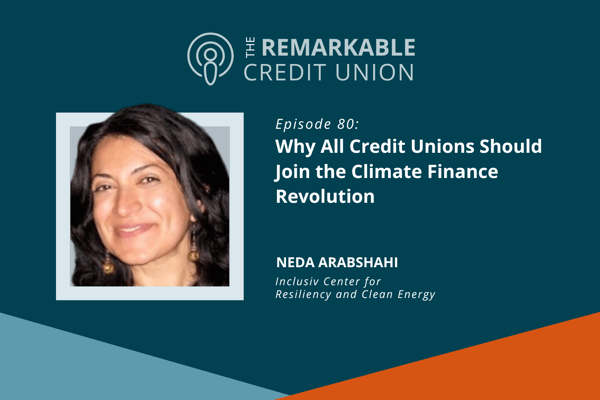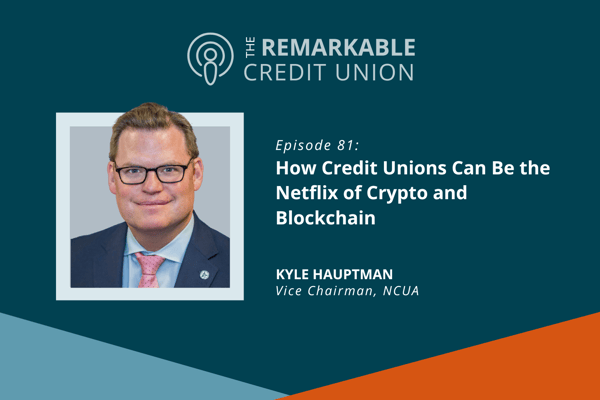Climate Change: Should Credit Unions Be Doing More?

Almost a year ago today, on September 20, 2019, PixelSpoke participated in the Global Climate Strike. As part of our commitment to environmental stewardship, we joined other B Corp organizations around the world to take collective action around climate change.
Last year, over 10 million people walked out of their workplaces and homes, including PixelSpoke team members, to join young climate strikers on the streets and to take a stand for a brighter, more sustainable future.
It was an inspiring moment, to be sure, but little did we know what we had in store for us in 2020! While our collective attention has shifted away from climate change, the wildfires currently raging in our home state of Oregon are a painful reminder that we still have lots of work to do.
We recognize that one of the greatest drivers of climate change is our economy’s focus on maximizing profits at the expense of people and the natural world. That’s why we here at PixelSpoke focus on a triple bottom line, and that’s why we work with financial cooperatives and other community-minded institutions who likewise prioritize the greater good.
But should we be doing more? After welcoming my first child into the world this past June, and after spending the past week trapped inside as Portland’s hazardous air quality reached record-breaking levels, I’m even more acutely aware that we’re running out of time.
How can we join forces to take meaningful climate action? Here are five examples from current clients and community-based financial institutions in our network:
- Community Bank of the Bay has created the award-winning Bay Area Green Fund. It works just like any bank’s checking or savings account, with the crucial difference that clients know the money will be used exclusively to finance local sustainability projects.
- VSECU similarly offers a VGreen program, which uses deposits to fund renewable and energy-efficiency projects and offers financing for projects that improve the energy efficiency of a member’s home or mode of transportation.
- This year, Clearwater Credit Union has met its goal of carbon neutrality. Working with the Missoula Housing Authority, Climate Smart Missoula, and MMW Architects, the credit union was able to purchase offsets generated by a local affordable housing project.
- Self-Help Credit Union is among the first financial institutions pledging to benchmark its loan portfolio under the new carbon accounting standards, Partnership for Carbon Accounting Financials. The credit union was also part of the working group that helped adapt the method for North America.
- Clean Energy Credit Union is one those rare recent credit union startups. Instead of starting a “green bank,” the founding team believed a cooperative model would be most effective in mitigating climate change, improving public health, and building community wealth.
It’s wonderful to see credit unions stepping up to the plate. It is my hope that more credit unions and community banks can come together to take meaningful collective action—before it’s too late.


